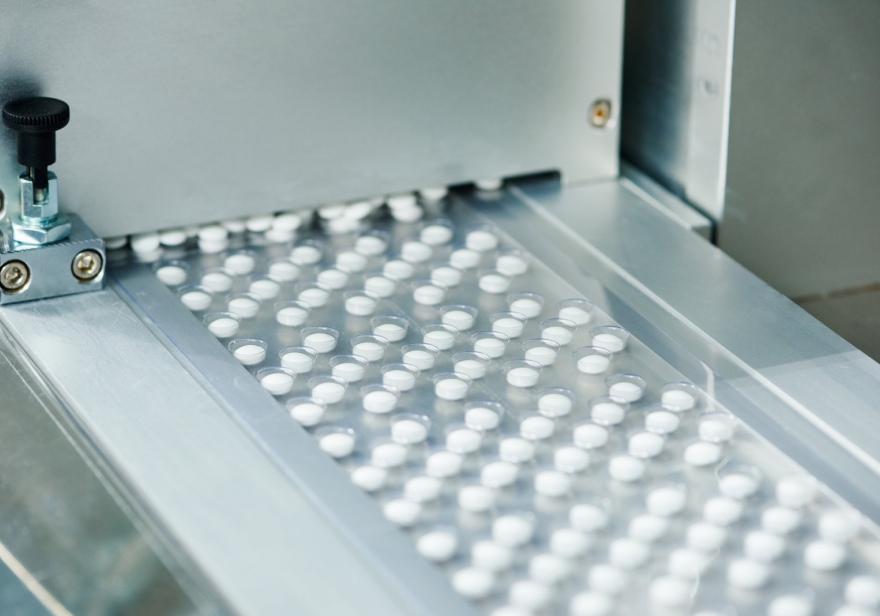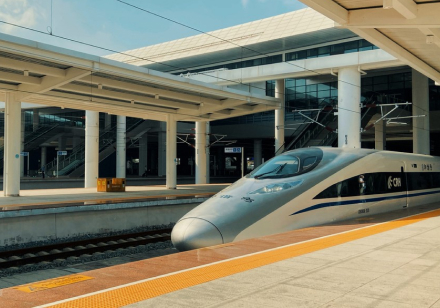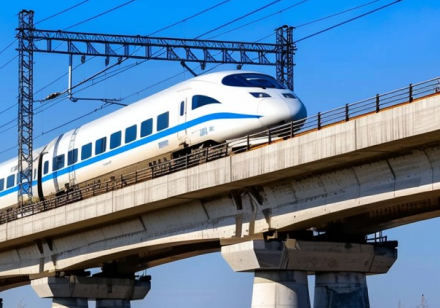Project Information
-
End UserSinopec Qingdao Petrochemical Co., Ltd.
-
LocationShandong, China
-
Scope of SupplyAMS, DCS, SIS, CCS

Overview
Sinopec Qingdao Petrochemical Co., Ltd. processes 5 million tons of crude oil per year, with over 10 production units and supporting facilities. Currently, seven HollySys AMS systems are implemeted. These systems are used to manage field instruments of 7 units including the 1.6MT Delayed Coking Unit, 3.5MT Atmospheric and Vacuum Distillation Unit , 1MT Diesel Hydrogenation Unit, 600KT Catalytic Gasoline Hydrogenation Unit, Hydrogen Production Unit, Sulfur Recovery Unit, and MTBE Unit. To better meet industry technical requirements, the client sought a system upgrade.
Solutions
HollySys delivered an integrated solution for process control and safety protection systems, comprising DCS, SIS, and CCS. The upgrade utilized the HollySys MACS6 DCS control system platform. Through upgrades to controllers, operator stations, and system software, we ensured the safe, stable, enduring, optimal, and efficient operation of the user's units.
The AMS system applied to this project adopted a client end/server system architecture. One AMS server was configured for each of the six units, including 1.6MT Delayed Coking Unit, 3.5MT Atmospheric and Vacuum Distillation Unit , 1MT Diesel Hydrogenation Unit, 600KT Catalytic Gasoline Hydrogenation Unit, Hydrogen Production Unit, Sulfur Recovery Unit. These servers were directly installed on the engineering stations in the central control room. Simultaneously, one AMS client was configured in the central control room to access and operate the 6 field instruments data connected to the AMS server, allowing configuration modifications to instrument parameters. The AMS server for the MTBE unit was installed in the on-site control room's engineering station, also serving as an AMS client, operating independently without network connection to the central control room.
Results
Devices connected through the physical network are seamlessly imported from DCS engineering without reconfiguration. The on-site intelligent instruments can achieve unified debugging operations and management on the AMS management platform. Besides configuration and debugging for on-site intelligent instruments, the AMS system can routinely or automatically detect instrument malfunctions, offering timely notifications to maintenance personnel for swift repairs. The control system received upgrades with enhanced information security measures, leading to improved overall performance, operational safety, and an extended system lifespan.






























